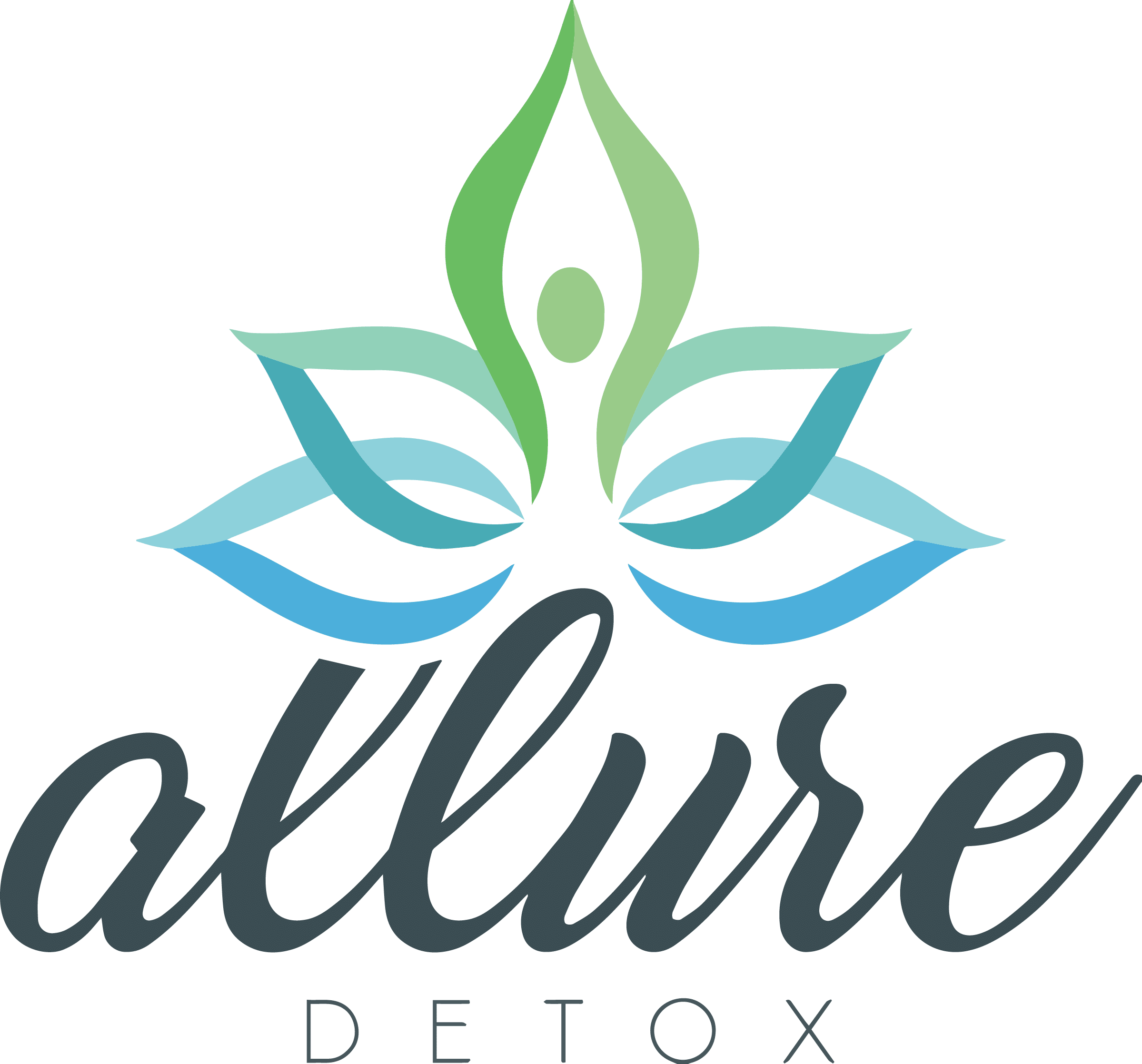Dextromethorphan, or DXM, is the active ingredient in 85% – 90 % of over-the-counter cold medications and cough suppressants. DXM is combined with other cold and cough formulas of decongestants, antihistamines, analgesics, and expectorants.
It was approved as an antitussive in 1958 and is still available today as an over-the-counter medication. When used as directed, DXM is recognized by the FDA as safe and effective and can eliminate or ease coughing for 5 to 6 hours. To date, DXM is not scheduled under the Controlled Substances Act (CSA).
DXM is an NMDA (N-methyl-D-aspartate) antagonist and is a derivative of codeine. It is an opioid; however, it does not trigger the opioid receptors in the brain. Because of this, it is considered a safer alternative to codeine with less potential for abuse. Unfortunately, DXM has become one of the more heavily abused drugs, especially with younger generations. It is legal, easy to obtain, and readily available, making the “common cold” medicine a favorite drug of choice for teenagers.
Drug abuse experts estimate that more than 3 million teenagers have used DXM to get high. Because it is seen as “just a cold medicine,” many teens do not perceive its danger; however, studies now show that over half of young people in treatment programs have experimented with DXM at some point.
Table of Contents
DXM Abuse and Addiction

The National Institute of Drug Abuse began studying the abuse of DXM amongst teens in 2006 and found that online forums fueled the rise of the abuse. The internet has become a source for teens to share their experiences while taking higher doses of the drug, including YouTube videos. There are many slang terms for DXM, including Dex, Triple C, Robo Trippin, Tussin, Roboing, Robodosing, Robocopping. There are websites sharing dosage levels for hallucination and recipes for “DXM cocktails.”
The typical dose of DXM, when taken as directed, is 10 to 20 mg every four to six hours or 30 mg every six to eight hours. The amount when trying to reach the “high” ranges from 250 to 1500 mg. Those abusing the drug can take several bottles in one day. The effects of taking far more than the recommended dose are similar to those caused by ketamine or PCP. High doses of DXM lead to psychoactive effects, eliciting euphoria and dysphoria, visual hallucinations, loss of motor skills, dissociative sedation, nausea, and vomiting. During their robotripping episodes, the user experiences visual and auditory hallucinations, euphoria, and dissociation.
Dangerous DXM Side Effects and Withdrawal Symptoms
DXM abuse can lead to long-term side effects, potential overdose, and addiction. There is a risk for overdose when purposefully taking higher than recommended dosages of the drug. Symptoms of a DXM overdose include blurry vision, seizures, hallucinations, muscle twitches, irregular heart rate, coma, and even death.
In addition to the dangers of DXM, many users experience life-threatening side effects due to the other ingredients in cough medicine, like acetaminophen. This is extremely dangerous and can cause liver damage, heart attack, stroke, and death. DXM can also be found on the internet being sold as a powder, capsule, and pill form, and these can be ingested orally or snorted.
After prolonged use of DXM, the addict will experience withdrawal when trying to stop. The symptoms of withdrawal from DXM can range from minor to dangerous. Some of the less physically risky symptoms include anxiety, restlessness, insomnia, stomach pains. These symptoms and cravings can make the addict give up and seek out more of the drug to ease the pain and discomfort of withdrawal.
There are many more severe symptoms of DXM withdrawal. Heatstroke, which very high doses can cause, turn up the internal thermostat. Organs can shut down from the heat, and the addict is most often unconscious when this occurs. Addicts can experience hallucinations when coming off of high doses of DXM. These can cause frightening visions that can seem so real that the addict can fight back or hurt themselves to combat these visions.
Dehydration is a frequent withdrawal symptom brought about by vomiting and diarrhea. This can flush out so much fluid from the body, which organs rely on to operate, causing them to shut down. And finally, DXM has a severe impact on lung capacity and slows breathing rates. The brain can be deprived of the necessary oxygen. If breathing stops, the brain and body can shut down, and the addict can fall into a coma.

Get Help With DMX Addiction Treatment
These withdrawal symptoms are confusing because they also appear in those overdosing on DXM. It is best to be in a medical facility while detoxing from DXM so that professional caregivers can help the addict get through it safely. Allure Detox provides a safe and comfortable environment to address the physical withdrawals and prepare the addict for long-term recovery.
If you or a loved one are struggling with addiction to DXM or similar substances, it is essential to reach out to qualified professionals specializing in addiction treatment. Allure Detox in West Palm Beach is a safe and peaceful environment with professional and caring staff. Reach out to us today for a confidential consultation with an addiction specialist.
FAQ
How do you reduce DXM (Dextromethorphan) Withdrawal Symptoms?
Published on: 2020-04-27
Updated on: 2025-04-14



